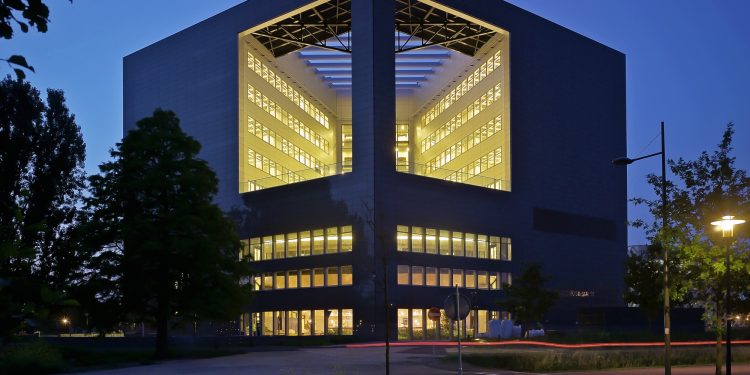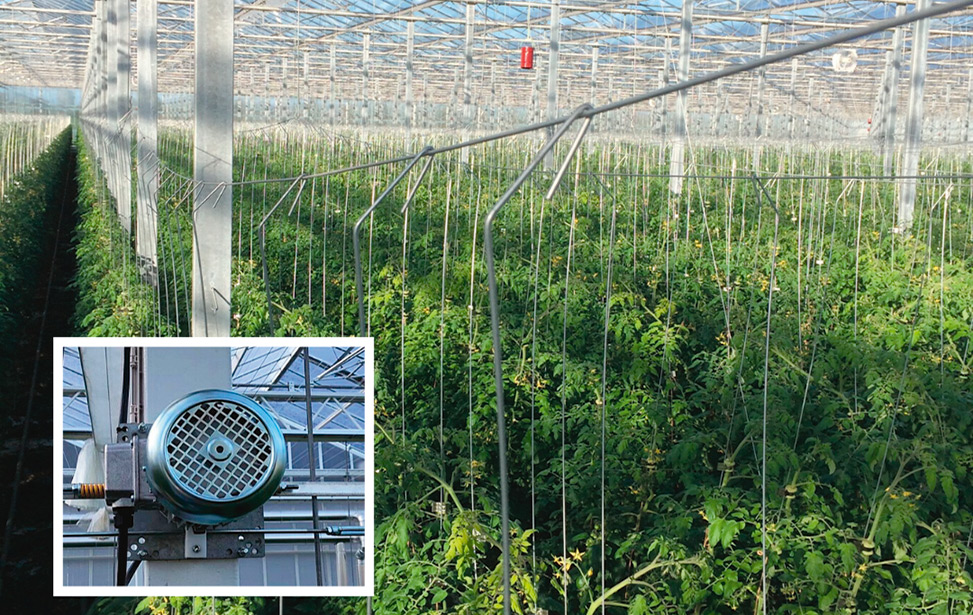#EnergyCrisis #DutchHorticulture #Collaboration #LEDLights #GreenhouseInsulation #EnergyEfficiency #SustainableFarming #AgriculturalInnovation
The energy crisis, triggered by soaring energy bills in the Netherlands due to gas supply restrictions, has sparked innovative collaboration between horticultural companies, universities, and government institutions. In this article, we explore the strategies implemented to save energy, such as the use of LED lights, enhanced greenhouse insulation, and advanced screening techniques. These collaborative efforts demonstrate the power of cooperation in tackling complex agricultural challenges.
The Netherlands, renowned for its vegetable, fruit, and flower exports, faced a significant setback when Russian gas supplies were restricted in response to western sanctions, leading to an energy crisis. Horticultural companies, grappling with skyrocketing energy bills, recognized the urgent need for innovative solutions. Students from institutions like Wageningen University and Research took the initiative to pioneer energy-saving strategies, which were then adopted by agricultural companies across the country.
One key approach has been the implementation of LED lights that can change color. LED technology offers energy-efficient lighting options, allowing growers to tailor the light spectrum to optimize plant growth and productivity. According to recent data from the Dutch government’s research agency, LED lighting systems have shown substantial energy savings compared to conventional lighting methods while maintaining or even enhancing crop quality and yield. The use of LEDs has become increasingly popular, with many horticultural companies embracing this technology to minimize energy consumption.
Another crucial aspect of energy conservation in Dutch horticulture is the improvement of greenhouse insulation. Robust insulation techniques have been adopted, reducing heat loss and minimizing the need for excessive heating. Greenhouses equipped with advanced insulation materials and designs have demonstrated significant energy savings, enabling growers to maintain optimal growing conditions for their crops with reduced energy expenditure.
In addition to LED lights and enhanced insulation, the strategic use of additional screens and curtains has proven effective in conserving energy in Dutch horticulture. These screens and curtains act as barriers, minimizing heat loss, optimizing temperature regulation, and reducing the reliance on artificial heating. Recent studies conducted by Wageningen University have highlighted the substantial energy-saving potential of such techniques, leading to their widespread implementation by horticultural businesses.
The collaborative nature of the Dutch horticultural industry has been vital in overcoming the energy crisis. By working together, companies, universities, and government institutions have exchanged knowledge, shared resources, and implemented innovative solutions. The World Horti Centre in Westland serves as a prime example of this collaboration. Through on-site research, educational programs, and business booths, the centre fosters cooperation and enables the industry to stay at the forefront of horticultural innovation.
The Dutch horticultural industry has responded proactively to the energy crisis by embracing collaboration and implementing energy-saving measures. LED lighting, improved greenhouse insulation, and the strategic use of screens and curtains have become key pillars in reducing energy consumption without compromising crop quality and productivity. The success of these initiatives underscores the importance of cooperation and knowledge exchange in addressing complex agricultural challenges. By working together, the Dutch horticultural sector continues to thrive and set an example for sustainable and efficient farming practices.










